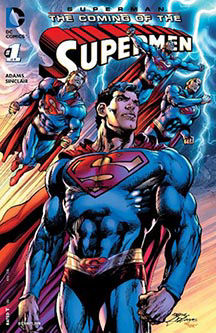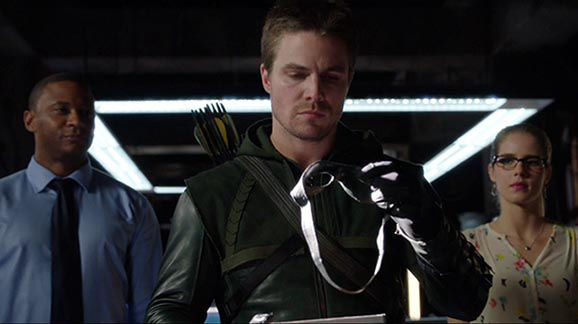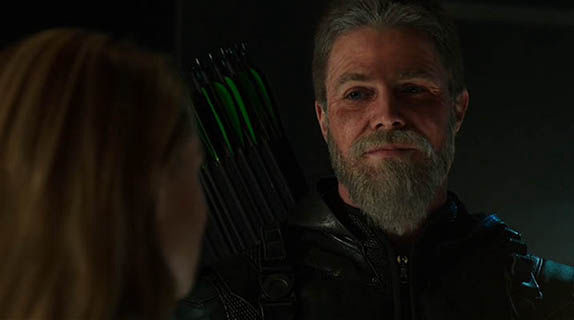AWW: Growing up in the 70s, and little after your run, but having seen all the things that called back to it, he's a very distinctive character. He looked unlike any other superhero in comics, he had the relationship with Black Canary that was unlike any superhero.
NA: Let's be honest, he's not really a superhero per se. He's a hero. He doesn't have any superpowers, he wasn't bitten by a radioactive sparrow or anything. He just depends on himself. He's an independent character. So, I would call him a hero rather than a superhero. I mean we're so used to calling these characters superheroes these days. But one of the reasons he was such a good character and remains a good character is that he is not a superhero. He's a hero.
AWW: Besides Errol Flynn was there any Howard Pyle in that look? I think of that just because Pyle's Robin Hood was blond too.
NA: I only found out about Pyle later to be perfectly honest. I did not get to see those illustrations -- I wish I had, although I doubt it would have made that much of a difference. But looking at Howard Pyle's stuff, no matter what is always a good thing. Essentially I just said I want to change the character, I want to make him a modern-day Robin Hood. How simple a concept is that? It's as simple as can be.
AWW: Also the shape of his face was different than most superheroes.
NA: Yeah, I would say that, but I do that with heroes in general. I'm really not happy with these bulky heroes. I like athletic heroes who are able to jump and run and do things. Some of these heroes I can't imagine them running down a block without being winded. They seem so bulky.
Go to the Next Section to learn about Neal Adams confronting the Comics Code and pushing the envelope with controversial Green Lantern / Green Arrow storylines.
Below a 1971 DC Comics house ad showing how successful the new Green Arrow was.













Contact Us